Hilsa is something, which has moved from just being a fish to an object of desire. Seldom has any fish been the reason for madness. Seldom we have seen poems and songs been written on a fish. A whole season is being represented with just a variety is fish, which is quite rare. We can refer to Poet Satyen Dutta as,
ইলশে গুঁড়ি ইলশে গুঁড়ি- ইলিশ মাছের ডিম|
ইলশে গুঁড়ি ইলশে গুঁড়ি- দিনের বেলায় হিম|
কেয়াফুলে ঘুণ লেগেছে, পড়তে পরাগ মিলিয়ে গেছে,
মেঘের সীমায় রোদ হেসেছে, আলতা-পাটি শিম্|
ইলশে গুঁড়ি হিমের কুঁড়ি, রোদ্দুরে রিম্ ঝিম্|
হালকা হাওয়ায় মেঘের ছাওয়ায় ইলশে গুঁড়ির নাচ,
ইলশে গুঁড়ির নাচন্ দেখে নাচছে ইলিশ মাছ|
কেউ বা নাচে জলের তলায়, ল্যাজ তুলে কেউ ডিগবাজি খায়,
নদীতে ভাই জাল নিয়ে আয়, পুকুরে ছিপ গাছ|
উলসে ওঠে মনটা, দেখে ইলশে গুঁড়ির নাচ
Now, please do not ask me to translate this to English, as that will be something which I won’t even try. But this year, I’ve come across a standard question over multiple times. And it’s quite simple… how to identify a good hilsa. I’ve always believed in crowdsourcing for knowledge and the same was applied to this topic as well. I’ve put up the query in my social media channel and got flooded with answers from fishy champions (no pun intended). I’ll try to compile them in this blogpost, but won’t we have some stories first?
Hilsa outside Bengal????
The madness for Hilsa is nothing new. It has seen the same case in different provinces of India- namely Andhra Pradesh, Tamilnadu, Orissa, and Gujrat as well. In Andhra Pradesh, it is known as pulasa. In Gujarat, it is known as Modern or palva. Female Hilsa is known as Modern and male species, palva. In Andhra Pradesh, the saying goes “Pustelu ammi ayina Pulasa tinocchu”, meaning It’s worth eating Pulasa/Ilish by even selling the nuptials. The name Pulasa stays with the fish for a limited period between July-Sept of a year, when floods(muddy)water flow in Godavari River. In Tamilnadu, Ilish fish is called ‘Ullam Meen’, and a saying in Tamil ‘Ulladhai Vitthu Ullam vangi sapidu’.
In Sindhi cuisine, the Hilsha fish called Pallo Machi is an important part. It can be deep-fried and garnished with local spices, can be cooked with onions and potatoes into a traditional fish meal or barbequed. The fish often has roe, which is called “aani” in Sindhi and is enjoyed as a delicacy. Often fried alongside the palla and served with the fish fillets.
Pointers for identifying a good Hilsa
The taste for a good Hilsa depends on the river eco-system. Hilsa from the static river-water tastes different from the mouth of the river (where the river meets the sea). In the river, the Ilish gets to enjoy the phytoplankton and zooplankton and that helps to enrich the Omega 3 fatty acid in the fish. But forget the technicalities. It’s not about objectification. But the first thing for a good Hilsa is the shape. And what are the pointers? Let’s check…
- Please visualize a patal or pointed gourd in your mind. In the Bong opinion, a good Ilish should be of this shape. It should have a large-fat belly. I mean technically, the mid-section needs to be wider, so that fat gets accumulated there and fish gets tastier
- One should be brave enough to touch hilsa. The flesh shouldn’t be too soft, or too hard. But by this, I don’t suggest damaging the delicate beauty- just a touch. Well, it takes years to master that touch. But trust me, it’s worth
- The nape area (মানে যেটাকে ঘাড় বলে ) should be wide and the tail should be narrow and pointed
- Once the fish is cut into pieces, there should be nice concentric layers of fat (you can call it marbling ) in between
- And the folklore goes like, once someone washes the fish, he/she should have fat/ grease on his/ her hand
- for a Hilsa to be tasty, we should allow it to grow to at least 900 grams to 1 KG size. And if we keep on fishing (and foolishly enjoying) the baby hilsa (like we usually do), the next generation will only have urban folklore of a damn tasty fish
- Eyes should be white (or Red in other opinions) and clear. A dusty eye normally indicates stale/ not-so-good quality fish
- There should be a pink/ red (or yellow-ish) undertone for the fish and this is one of the many pointers for good quality
- While cutting the fish, the color of the blood plays an important role here. Black blood means it’s stored for too long and run away like mad if the blood is not red
- Once you check the hilsa, the side edges should be pointed enough
** Please note, this list is not final and I am still learning. If you come across something, please let me know and I’ll be happy to update
And once the Hilsa season is over
Britishers also, among many other things, fell in love with Hilsa here. So, they figured out how to debone the fish and prepared something called Tamarind Pickled Hilsa. It was usually stored and even enjoyed after the season. And if we need to talk about the long feud between Bengal Club and Dhaka Club on who invented Smoked hilsa, it needs a separate story …
Ritual with Hilsa- seriously?
In Bangladesh and West Bengal during Poyla Boisakh (the first day of the Bengali New Year), it is customary to have ilish with panta bhat (Fermented Rice) typically at breakfast. The meal is the traditional way to celebrate the Bengali new year. In many Bengali Hindu families, a pair of ilish fish (Bengali: Joda Ilish) are bought on auspicious days, for example during special prayers or puja days, some people offer the fish to the goddess Lakshmi, without which the Puja is considered to be incomplete. In Bengal, Ilish is also used during the wedding as a Tattwa gift. During Gaye Halud tattwa the family of the groom presents a pair of Ilish to the family of the bride. However, due to the scarcity of Ilish nowadays, it is replaced by Rohu in West Bengal while the Tradition continues in Bangladesh.
But Hilsa with or without roe- is the question…
And this is something, which I personally have no answer to. Many say that Hilsa without roe tastes much better, while I personally find the hilsa roe extremely tasty and something to die for. And honestly, I have rarely found someone who hates Ilish roe. with it, the belly (or peti in Bengali) gets thinner and it’s always the other way round. So, this is a call you have to take. But for me, Ilish roe is louve.
Well, lots of Gyan is delivered unnecessarily. and I don’t know about you, ladies and not-so-gentlemen… but I am tired definitely. But let me ask you something. Have you been to the Hilsa Festival at Aaheli Peerless Inn recently? they have some damn interesting dishes on offer. Do check them here…
So, tell me about your Hilsa experience this year, and do let me know for any other pointers for identifying good Hilsa.
Bon appetit!!!
I can be reached at indrajit.lahiri@ymail.com
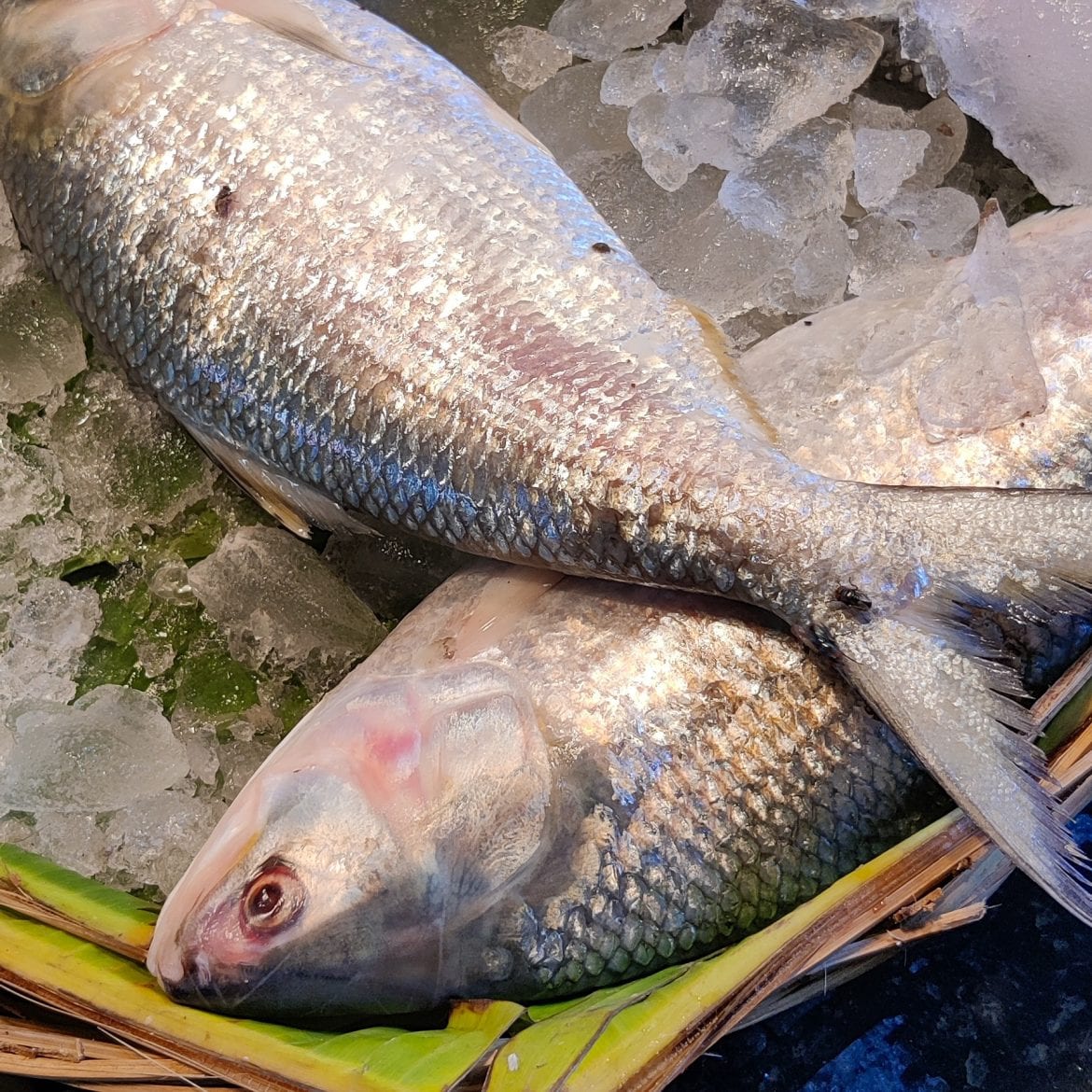

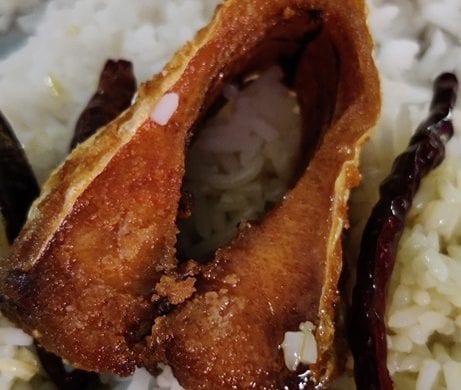

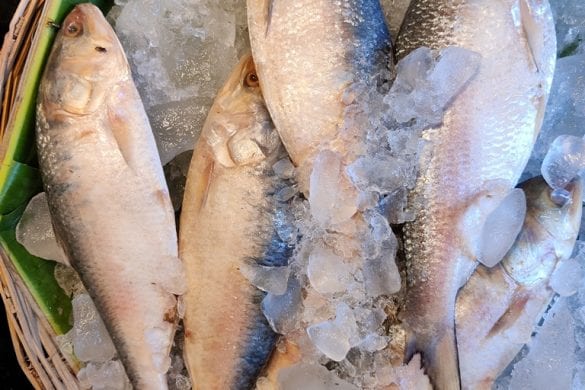
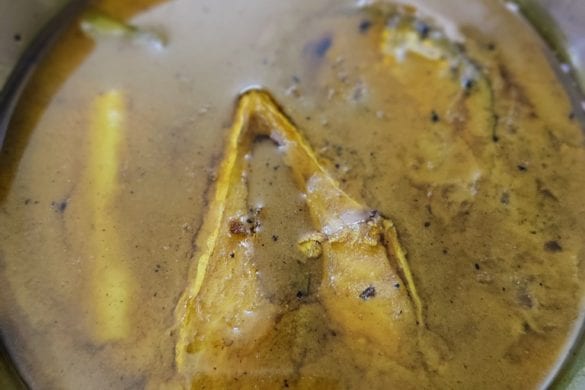


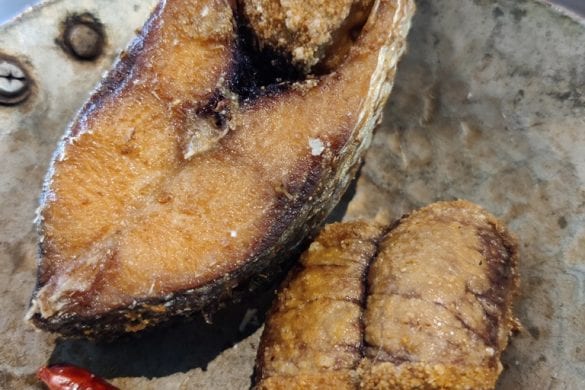

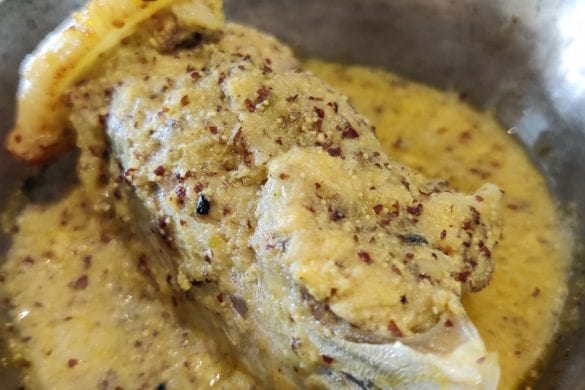
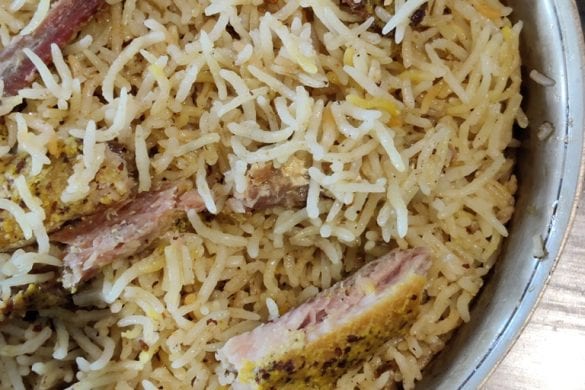
4 comments
Hello Sir,
A big fan of yours. I have been following your blogs for quite some time now. It’s an enriching experience to read your blogs . Sometimes I read them for a second or third time to make sure that I am right about that particular topic.
I have a request to make. Recently I’ve started a YouTube channel. It would be a an honour for me if you kindly take a look at it. I am sharing the link below. I also follow you on instagram by the ID @the_foodforsoul
https://www.youtube.com/c/foodforsoul
Regards
Ishita Roy
[…] For hilsa stories, check my blogpost here […]
[…] via […]
[…] identify a good hilsa and pointers to select the same […]